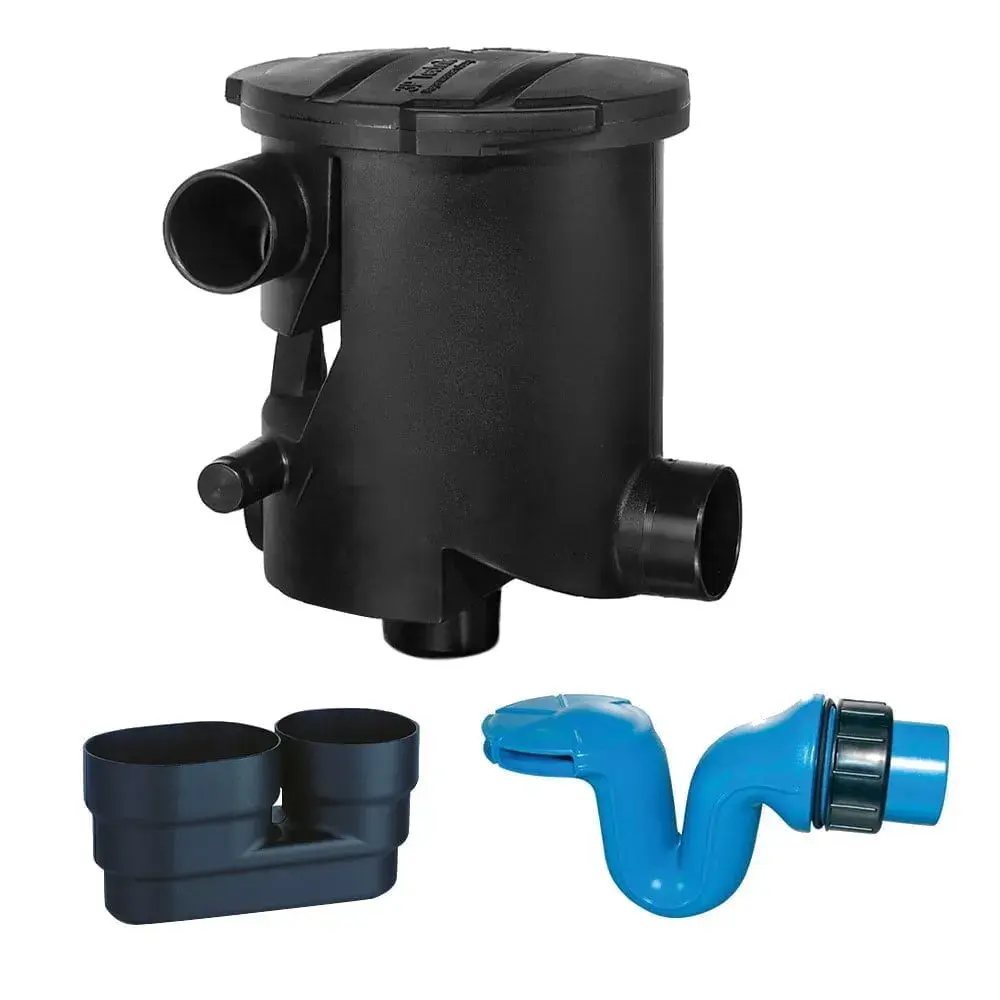Microalgae can be used a biodiesel & biomass feedstocks as populations grow natural resources may not going to be able to keep pace with the increasing demand, so we are seeking alternative ways of finding fuel and food.
At present fossil fuels are still the main source of energy, although greener ways are increasing with more wind farms, more solar panels, and the use of biomass for heating some homes. So, the use of algae to produce diesel and feedstock is an exciting and important area of development. The development of biofuels started in the 70s and has made rapid progress, but despite this, the total energy obtained from biodiesel and bioethanol is less than 1% of the global energy.
In this article, we look at the systems required to produce food and fuel from algae in a little more detail.
What Do Algae Produce?
We have known for some time that algae produce hydrocarbons, complex oils, and many lipids. Algae are used in aquaculture as a source of nutrients for the fish and they are also used in wastewater treatment systems to help clean up the water and remove phosphorus and ammonia.
Benefits of Using Algae to Produce Feedstock or Fuel
- High lipid yield plus a high yield of essential polyunsaturated fats.
- Reduces the carbon footprint the algae fix carbon and produce oxygen.
- The oxygen can aerate the water in aquaculture.
- Replaces fossil fuels – they will eventually run out.
- Algae culture also produces other by-products depending on the type of algae. B-carotene is one, and this is converted into vitamin A, so it is an important part of our diet.
- High productivity.
- Sustainable – the algae can be reconditioned and reused.
- Easy to use and economical in aquaculture.
How do the Algae Work?
Algae convert solar energy into lipids and carbohydrates. To get the best yield, you need the right tanks for microalgae cultivating. A report analysed the economic implication of microalgae cultivation and came up with these conclusions: (You can get a copy of the pdf here.)
- The biochemical composition of the algae determines the number of valuable lipids and the other products obtained.
- Where there is a large percentage of lipids produced then the amount of other valuable products is reduced.
- A Biofuel only option may not be economically viable at present. More research is urgently needed.
- One must assess the carbon dioxide supply and consider what happens downstream.
Enduramaxx Cone Bottom Tanks
Enduramaxx produces a large range of cone bottom tanks. There are tanks suitable to produce biodiesel and biomass feedstock. Our rotationally moulded plastic tanks are tough, durable, and versatile. They can be fitted with the necessary pipework and drainage facilities. We have tanks that are ideal for microalgae cultivating and for microalgae treatment.
Here at Enduramaxx, we believe that caring for our environment and reducing our carbon footprint to slow down climate change is an essential element of our work. The use of microalgae as biodiesel and biomass feedstock is an exciting way forward and we are proud to offer our cone bottom tanks as a part of this process.
You can see our cone tanks here. But do give us a ring to discuss your needs in detail. Phone number 01778 562810?
Posts By Topics
- Blog (303)
- Chemical Storage Tanks (118)
- Chemical Dosing Tanks (114)
- Chemical Tanks (114)
- Water Tanks (58)
- Rainwater Harvesting Tanks (43)
- Vertical Rainwater Tanks (31)
- Vertical Storage Tanks (31)
- Cone Bottom Tanks (19)
- Conical Cone Tanks (18)
- Rainwater Harvesting (17)
- Water Bowsers (15)
- Horizontal Tanks (14)
- Potable Water Tanks (13)
- Farming (9)
- Case Studies (8)
- Industrial Storage Tanks (7)
- Liquid Fertilser Storage Tanks (6)
- WRAS Approved Potable Tanks (6)
- Wine and Beer Production (6)
- Horizontal Transport Tanks (5)
- Microbrewery (5)
- Rainwater (5)
- Category 5 Break Tanks (4)
- Cider Production (4)
- Mixer Tanks (4)
- Molasses Tanks (4)
- Polyethylene tanks (4)
- Rainwater Filter Kits (4)
- SPECIALIST & BESPOKE TANKS (4)
- Bunded Tanks (3)
- Slimline Tanks (3)
- WRAS Approved (3)
- Clarification Tanks (2)
- Crosslinked Polymer Tanks (XLPE) (2)
- Fertiliser Tanks (2)
- Sump Tanks (2)
- Tank Installation (2)
- Water Butt (2)
- underground water tanks (2)
- ACCESSORIES & FITTINGS (1)
- ATV & UTV SPRAYING UNITS (1)
- Above Ground Effluent Tanks (1)
- Bespoke Tank Frames (1)
- Category 5 Turret (1)
- Caustic Soda Tanks (1)
- Closed Top Bunded Tanks (1)
- Craft beer (1)
- Effluent Tanks (1)
- Enduramaxx (1)
- Ferric Chloride Tanks (1)
- Fire Safety Regulations (1)
- Fire Sprinkler Water Storage Tanks (1)
- Industrial Water Tank (1)
- Open Top Bunded Tanks (1)
- Open Top Cone Tanks (1)
- Open Top Vertical Tanks (1)
- Polyethylene Potable Water Tanks (1)
- Polyvinylidene Fluoride (PVDF) Tanks (1)
- Polyvinylidene Fluoride Tanks (PVDF) (1)
- Pressure Washers (1)
- Pro Series Spot Sprayers (1)
- RWH (1)
- Sodium Hydroxide Storage Tanks (1)
- Sprayer Fill-up Tanks (1)
- Uncategorised (1)
- liquid fertiliser tank (1)
Sign up to the newsletter
enduramaxx.marketing
Related Posts
What is Biofuel Production?, Conical Tanks
Biofuel production is the process in which biofuels or fossil fuel alternatives are created. This...
Cone Bottom Tanks For Biodiesel Production
Fuel prices may have stabilised somewhat in recent months, but who would have thought a few years...
Recirculating Aquaculture Systems
Water is a valuable commodity and reusing the water makes good economic and ecological sense. When...
Related Products
From £1,080.00 inc. VAT
£900.00 exc. VAT
From £1,344.00 inc. VAT
£1,120.00 exc. VAT
From £768.00 inc. VAT
£640.00 exc. VAT
£480.00 inc. VAT
£400.00 exc. VAT





